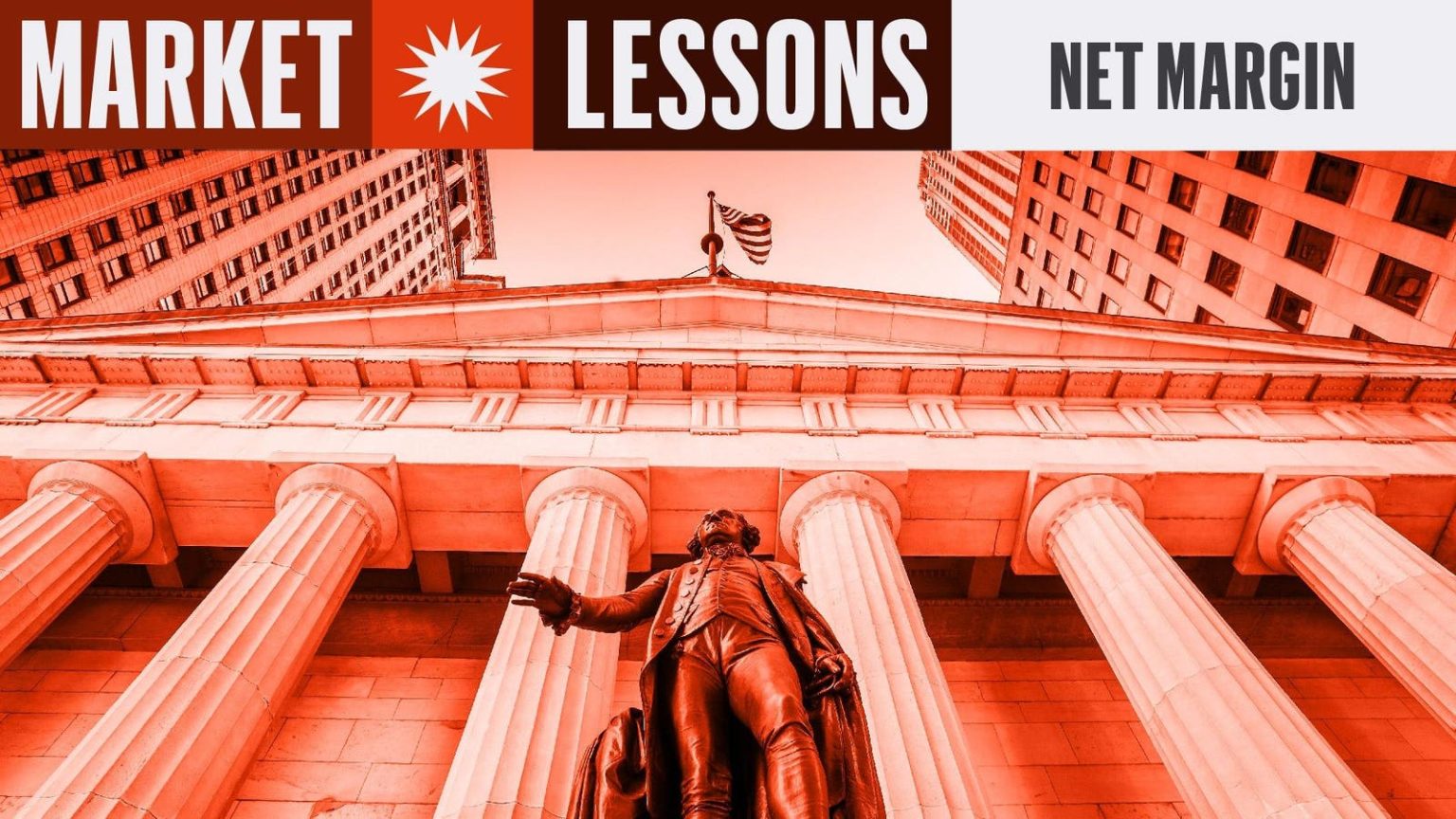Some call it greed, some call it “quality of earnings.” Net margins can go to extremes.
Written by Hyunsoo Rim and Segun Olakoyenikan; Edited by William Baldwin
Definition: net income divided by revenue. Why should investors care about it? Because it gives some indication of a corporation’s ability to withstand adversity. High-margin companies tend to have low fixed costs and strong balance sheets. Their businesses hold up well during recessions.
FactSet tells us that the average margin for members of the S&P 500 index is 11.6%. The table highlights some outliers: first, companies with paper-thin margins, some of them chronically low, some temporarily so. Then, companies with fat margins, like Visa, Nvidia and Microsoft.
You often see the shares of those three winners in the portfolios of funds that pursue the so-called quality factor. “Quality” is not a precise term, but it generally reflects pricing power, a high return on assets and steady prosperity. Quality lovers are not likely to fall in love with producers of commodities, like Cleveland-Cliffs and International Paper, or suppliers in an industry known for price wars, like American Airlines, or old-fashioned retailers like Macy’s.
Some of the outsized profit margins are destined to shrink. Airbnb is getting a transitory boost from a negative tax bill, the result of a loss carryover from its years struggling to grow and to get past the pandemic. Altria has a lot of pricing power—given the ban on advertising, it is hard for a new cigarette label to break in—but no way to stop the erosion of its customer base. Hut 8’s bottom line is as unpredictable as bitcoin.
On the other side of the margin seesaw are a few companies likely to see a rebound. Disney used to have a margin five times as high; maybe it can get beyond the current oversupply of streaming movies and sports programs. Dana has had some nonrecurring losses that presumably won’t recur.
Profitability attracts as much attention from politicians as from investors. “According to a recent study, nearly 54% of the rise in inflation is directly attributable to the astronomical increase in corporate profit margins,” pronounces Vermont Senator Bernie Sanders. “Profits at the biggest U.S. companies shot above $3 trillion this year,” Ohio Senator Sherrod Brown said recently, “and the margins keep growing,”
The legislators are correct that margins are getting fat. A data series from the St. Louis Federal Reserve bank shows corporate profit, as a percent of value added, climbing over the past half century from 2.2% to 15.6%.
On the other hand, the popular anger about corporate greed is misdirected. The usual targets of consumer ire, such as airlines, car dealers and food stores, do not usually enjoy fat margins. The next lecture about greed should perhaps be aimed instead at the vendors of vacation rentals, software packages and artificial intelligence chips.
The tables of extreme companies exclude flow-through entities (like REITs) and money-losers.
THIN NET MARGIN
FAT NET MARGIN
MORE FROM FORBES
Read the full article here










